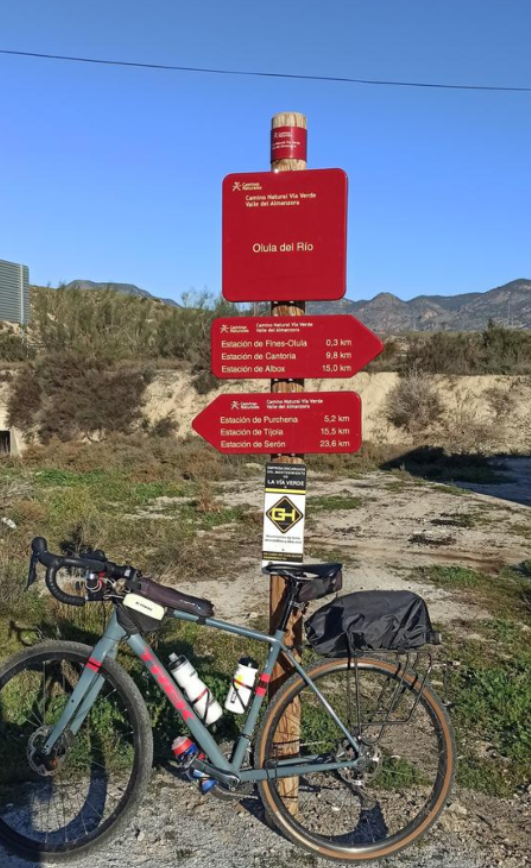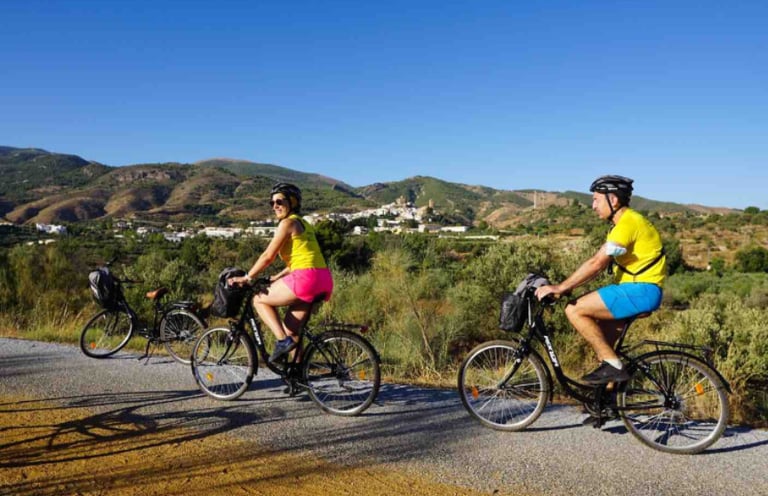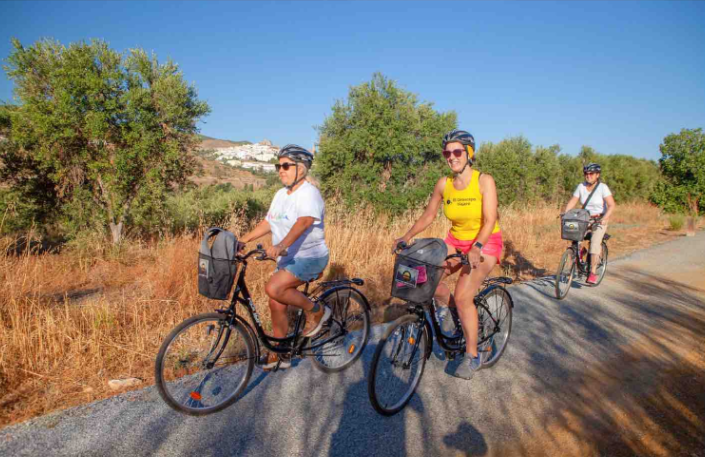Pedaling Through Passion: The Rise of Cycling Culture in Andalusia, Spain
Cycling in Spain isn’t just a sport or a hobby—it’s a lifestyle. Across the country, from the Pyrenees to the southern coast, bicycles are a familiar sight on winding roads, scenic routes, and even urban streets. But it’s in Andalusia, the sun-drenched region in the south, where cycling has truly carved out its own unique identity.
IN THE PARTNER COUTRIES
A Region Built for the Ride
Andalusia’s diverse landscape—ranging from coastal stretches and rolling olive groves to rugged mountain climbs—offers the perfect backdrop for every type of cyclist. The Sierra Nevada mountains, for instance, are a magnet for road cyclists and mountain bikers alike. Cities like Granada, Seville, and Málaga have grown into key hubs of cycling culture, with vibrant communities, bike shops, and regular events bringing enthusiasts together. One standout area for cycling is the Valle del Almanzora, in the province of Almería, where ILLIPULA Youth NGO is based. Here, the Vía Verde del Almanzora, a 36-kilometre greenway, runs from the old Hijate station near the border with Granada to Olula del Río - only 7 km away from Purchena. From there, a pedestrian bridge over the A-349 road connects the trail to Zurgena, offering a safe and scenic route through the heart of the valley. This route is part of the broader Andalusian Vías Verdes network, a collection of 26 greenways covering nearly 600 kilometres, built on disused railway lines and supported by national, regional, and local governments. These greenways have marked a milestone in cycling culture in our region, as they have made it much easier for people with less experience in cycling to grab their bikes and start pedalling.
Challenges on the Road
Despite the growing popularity, cyclists in Andalusia—and Spain in general—still face several challenges. Infrastructure is improving but remains uneven. While larger cities have invested in bike lanes and safer urban routes, rural and mountainous areas can lack consistent signage or protective barriers.
Traffic is another concern. Although driver awareness has improved, some remote roads can still pose risks due to high-speed vehicles and blind curves. Plus, access to safe, connected bike paths between towns and cities is limited, which can deter new riders. That’s why initiatives like the Vías Verdes are so vital. They not only recycle old infrastructure for new recreational use but also offer safe, car-free alternatives for cyclists and walkers. Andalusia is still sitting on nearly 1,000 kilometres of unused rail corridors, with the potential to be transformed into more greenways - a promising path forward.
Trends on the Rise
Over the last decade, Spain has seen a boom in cycling. The COVID-19 pandemic accelerated this trend, with more people seeking outdoor, socially distanced ways to stay fit. Bike sales soared, and cycling clubs - both virtual and in-person - began to flourish. E-bikes have also gained traction, making cycling more accessible for older riders or those tackling Andalusia’s steeper terrain. There’s also been a noticeable rise in cycle tourism, with travellers from all over Europe exploring Andalusia on two wheels, supported by guided tours, cycling hotels, and tailored experiences.
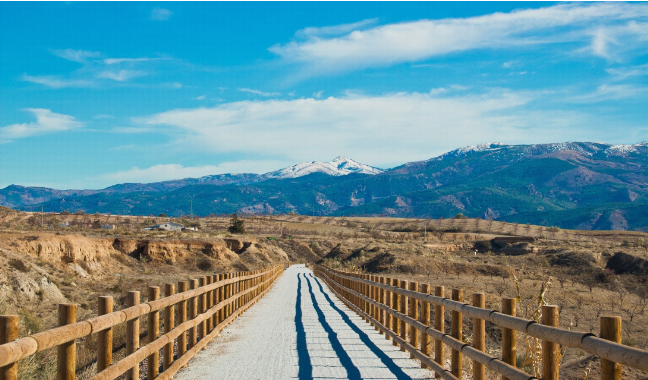

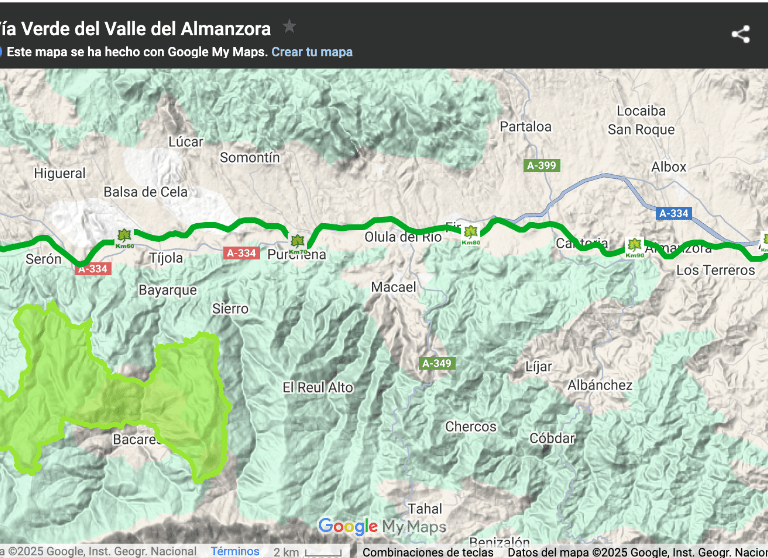

From Hobby to Heritage
Spain has a proud cycling legacy—home to legends like Miguel Induráin and events like La Vuelta a España. But what’s happening in Andalusia is more grassroots: a shift from elite sport to everyday joy. Whether it’s weekend rides with friends, commuting by bike in Seville (one of Europe’s most bike-friendly cities), or tackling mountain trails near Ronda, cycling is becoming an integral part of daily life. In places like the Almanzora Valley, where once-abandoned railways now pulse with life thanks to the Vía Verde initiative, this evolution is especially clear. It’s a perfect symbol of how communities are reconnecting with nature and with each other, one pedal stroke at a time.
Cycling in Andalusia represents more than fitness or sport - it’s a cultural evolution rooted in freedom, exploration, and community. As infrastructure improves and awareness grows, the region’s cycling scene is only set to flourish further. For anyone looking to discover Spain from a new perspective, all you need is two wheels and a sense of adventure
